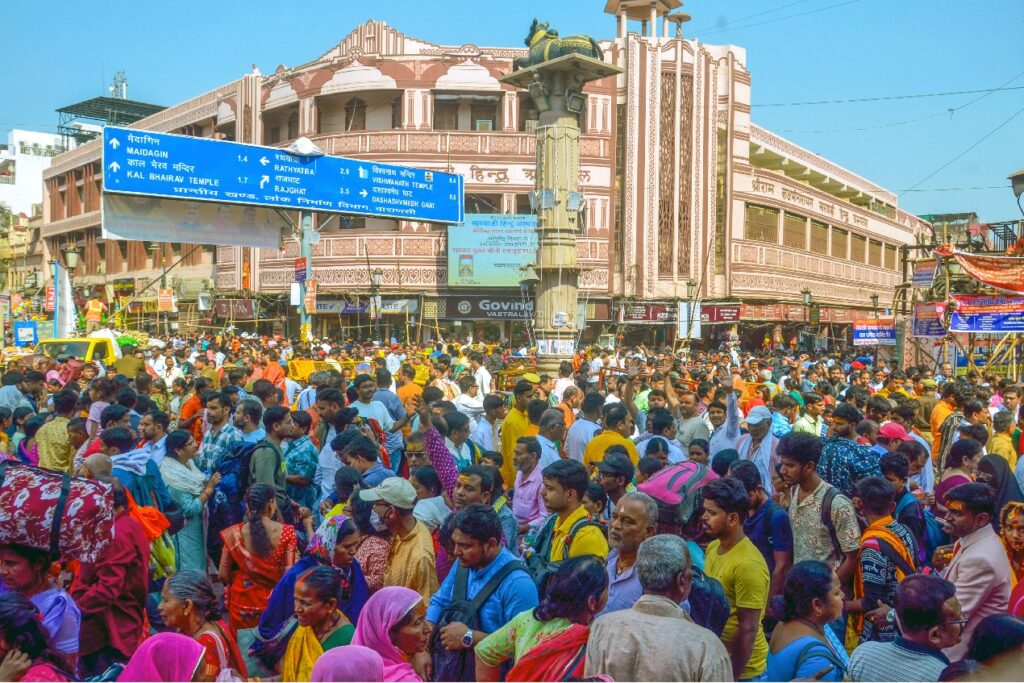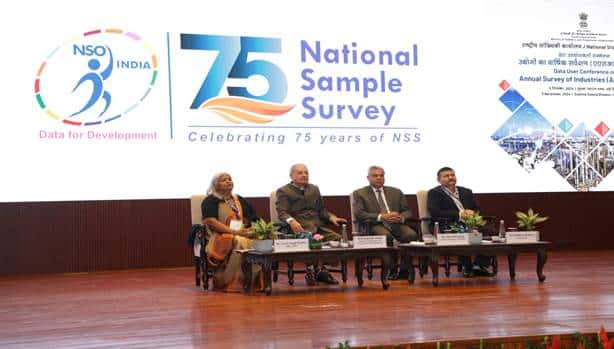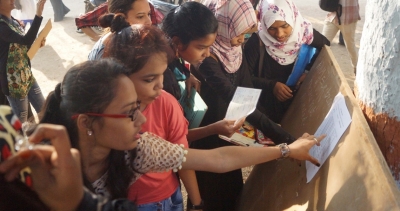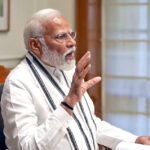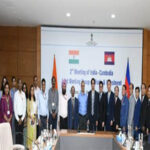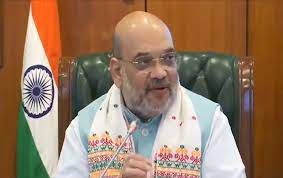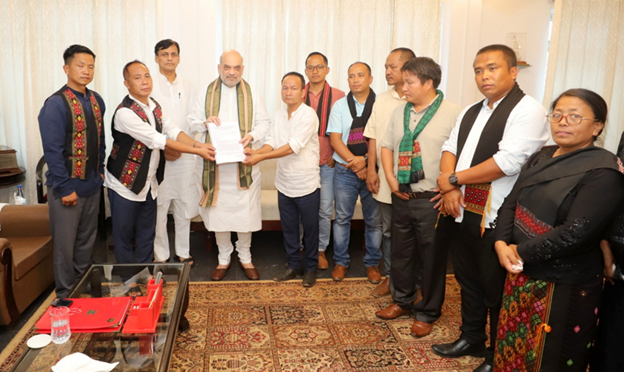Heatwave: Health Minister directs setting up of special units in central govt hospitals, know dos & don’ts
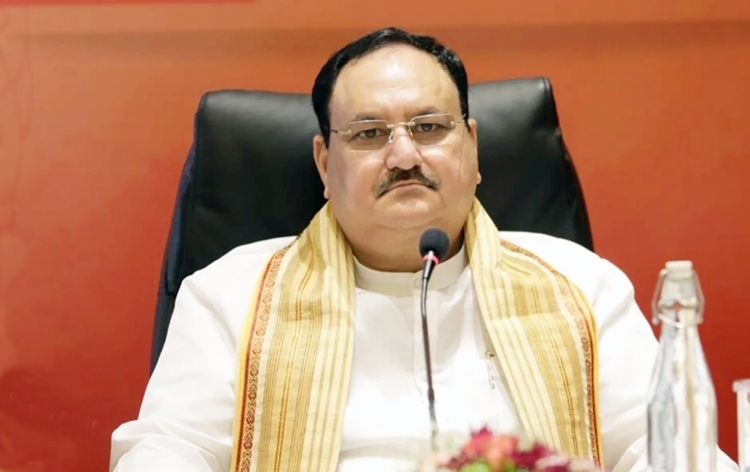
Union Health Minister JP Nadda reviewed the heatwave situation across the country on Wednesday and instructed the establishment of special heatwave units in central government hospitals. The minister also assessed the preparedness of hospitals to deal with heatwave with senior officials of the Health Ministry.
The Health Minister has directed officials to ensure all hospitals are prepared to provide the best healthcare to those affected by the heatwave. Under the direction of the Union Health Minister, an advisory has also been issued by the Health Ministry on Wednesday.
The heatwave situation and surge in heatstroke cases in the national capital have prompted an emergency response from Delhi and Central govt. As per IMD, the maximum temperature of 43.6 degrees Celsius was recorded in the national capital on Wednesday.
Delhi Health Minister Saurabh Bharadwaj has directed all major hospitals to increase their bed capacity for patients suffering from heat-related illnesses. Bharadwaj on Wednesday chaired an emergency meeting with heads of all major hospitals amid heatwave conditions and a surge in heatstroke cases in the national capital.
During the meeting, the Delhi Health Minister directed all major hospitals in the national capital to scale up their beds for patients with heat-related illnesses.
The Disaster Management Authority (DDMA) on Wednesday issued dos and don’ts to help citizens minimise the impact of the heat wave and prevent serious ailments or even death due to heatstroke. As per the DDMA, citizens have been advised to avoid going out in the sun, particularly between 12 noon and 3 pm, which is when the sun’s rays are most intense.
The DDMA also recommends drinking plenty of water regularly, even if one does not feel thirsty, to stay hydrated. DDMA has also suggested wearing lightweight, light-coloured, loose, and porous cotton clothes to keep cool and using protective gear such as goggles, umbrellas or hats, and shoes or chappals while venturing out in the sun. DDMA has advised people to avoid strenuous activities when the outside temperature is high and to avoid outdoor work between 12 noon and 3 pm. The DDMA has also advised people to carry water while traveling.
As the city battles the heatwave, the national capital’s peak power demand reached an all-time high of 8,656 MW at 3:06 pm, the highest ever in the history of the national capital, the State Load Dispatch Centre (SLDC) data stated on Wednesday. The national capital’s peak power demand clocked 8000 MW for the first time on May 22, 2024. Since then, Delhi’s peak power demand has crossed the 8000 MW mark on nine occasions.
Lok Nayak Hospital has reported that nine patients were admitted during the last one week due to heatstroke. Out of these nine patients, four are currently on ventilator support due to critical conditions and multi-organ failure caused by heatstroke. He added that on June 16, a patient died due to heatstroke.
According to Dr Ajay Shukla, Medical Superintendent of RML Hospital, 11 people were admitted to the hospital on Tuesday with heat stroke, the highest reported in a single day this season. He said that since the beginning of the heatwave about a month or so ago at least 45 people have been admitted with heat-related ailments till date.
“A total of 22 patients have been admitted to the hospital and five have lost their lives due to suspected heatstroke. 12 patients are on ventilators and in critical situation. The majority of patients are labourers who work in extreme conditions,” the hospital official said.
Meanwhile, the India Meteorological Department anticipates the arrival of the Monsoon around June 30, offering some respite from the extreme weather conditions.
“Monsoon is expected to hit Delhi-NCR around June 30. Even today, we can expect dust storms and light-intensity rainfall activity in Delhi,” IMD scientist Dr Naresh Kumar told ANI. The heatwave has also impacted flight operations at Indira Gandhi International Airport, causing delays.
A senior official in the Ministry of Civil Aviation said that flight operations have been impacted because of high temperatures and following safety guidelines. Flights get delayed sometimes or wait for the wind speed to settle down. Another senior official with a domestic airline said that during high temperatures, the air becomes thin.
Aircrafts require lift to take off and lift is affected by the density of the surrounding air. The effects of hot air are felt most during takeoff and the initial climb. Sometimes passengers might feel mid-air turbulence due to this reason.
“In extreme weather conditions like high temperatures and wind speeds, we proceed only after clearance from the Air Traffic Control, (ATC),” said the official.
As per the IMD, heat waves are a period of unusually high temperatures as compared to what is normally expected over a region. Heatwave is considered if the maximum temperature of a station reaches at least 40 degrees Celsius or more for plains and at least 30 degrees Celcius or more for Hilly regions.
Meanwhile, the flood situation in Assam’s Karimganj district is still grim as over 1.53 lakh people have been affected in the district. The water levels of three major rivers of the district Kushiyara, Longai and Singla are flowing above the danger level mark and the flood waters submerged 225 villages in the district. Mridul Yadav, District Commissioner of Karimganj district told ANI that, over 1.50 lakh people and 225 villages of the district have been affected by the deluge.
“Nearly 40 relief camps have set up in different revenue circles areas where around 12,000 people are taking shelter. Around 54,000 animals have also been affected and the flood waters submerged crop areas also,” Mridul Yadav said. (ANI)



